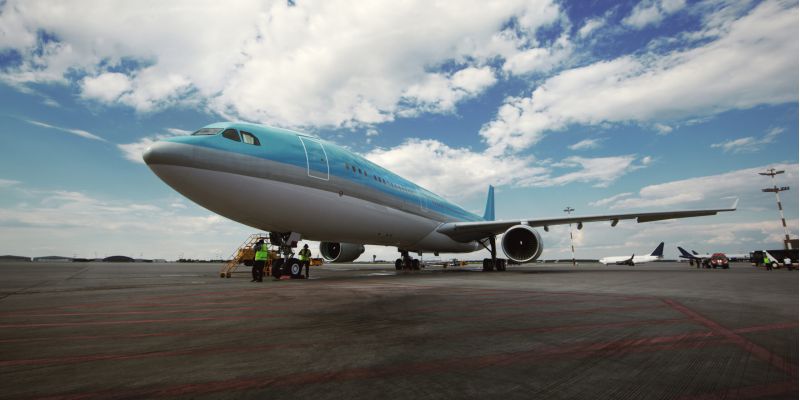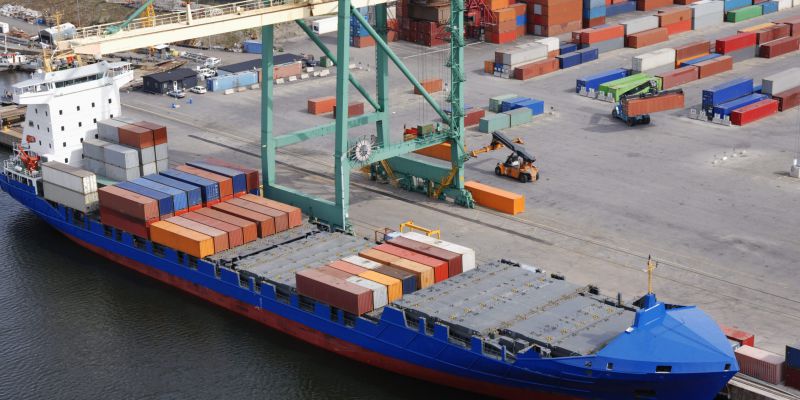in German – English Version coming soon!
June 2021
Supply chains
A virus is not limited by national borders. Nowadays a virus can spread just as quickly in the “global village” as it did in a real village in the past. How did this happen?
Transportation is cheap. Over the last 100 years, there have been huge developments in the technical capacity to move people and goods around the world (e.g. railways, freighters, trucks, airplanes).
Low-cost transportation of goods has made it possible to transfer production to countries with low labour costs and made products cheaper as well, but it has also created new dependencies. Fusions and mergers as a result of cost pressure have led to economic monocultures and oligopolistic supplier structures.
And we are feeling the pain from some of these developments, for instance when production in China shuts down: in February 2020 it was not possible to manufacture some medications, because 48 necessary ingredients were not available for a while in China’s Hubei region. And we are still experiencing similar situations in 2023 in a wide range of areas.
For example, production in the automotive industry also came to a halt due to the lack of components and there were no alternatives to the major suppliers.
Has the global village gone a step too far? Has the crisis taught us to design our supply chains with resilience in mind and not just costs?





